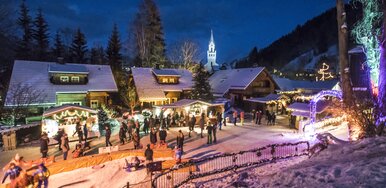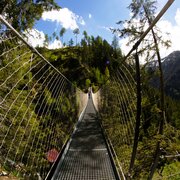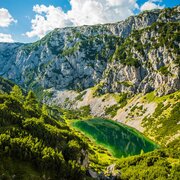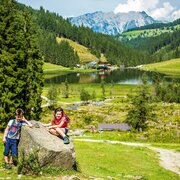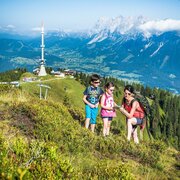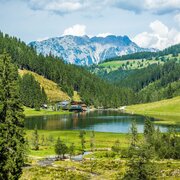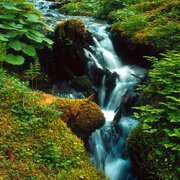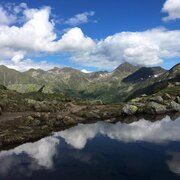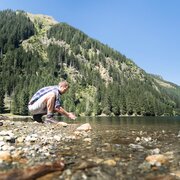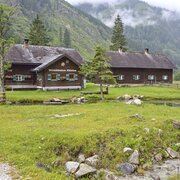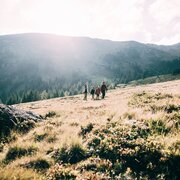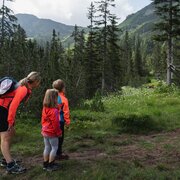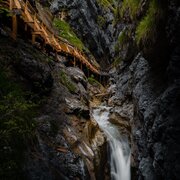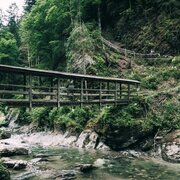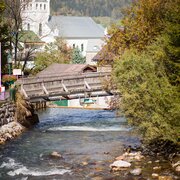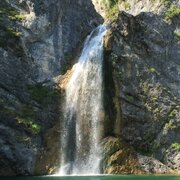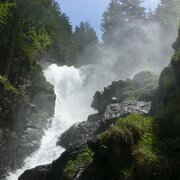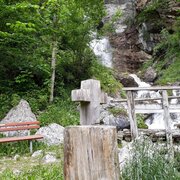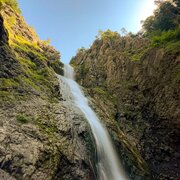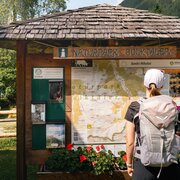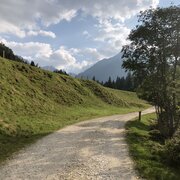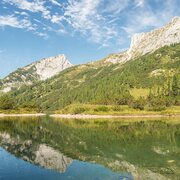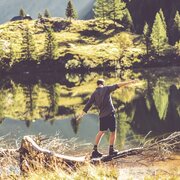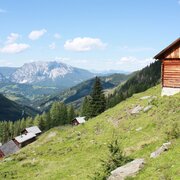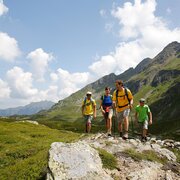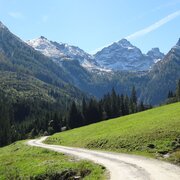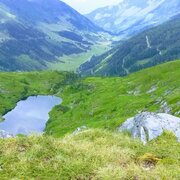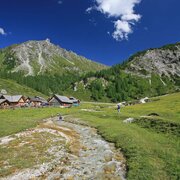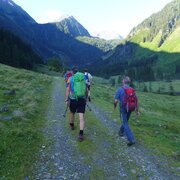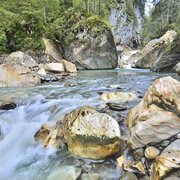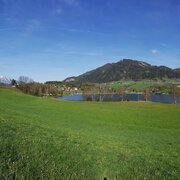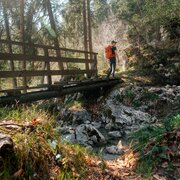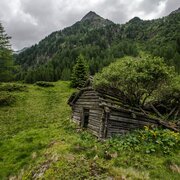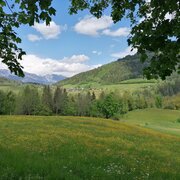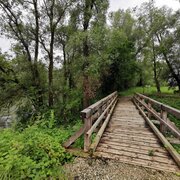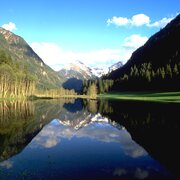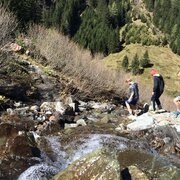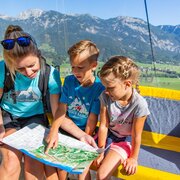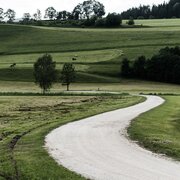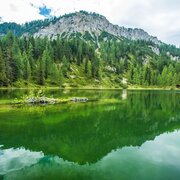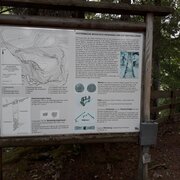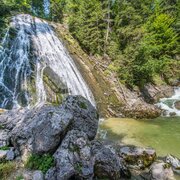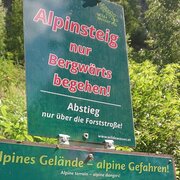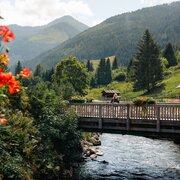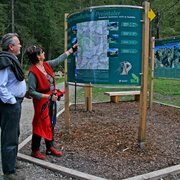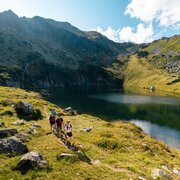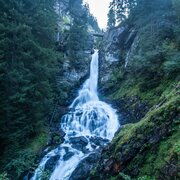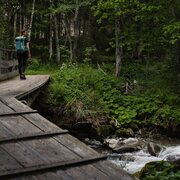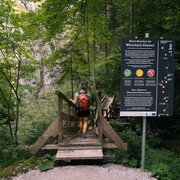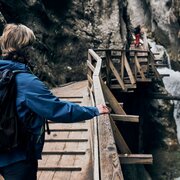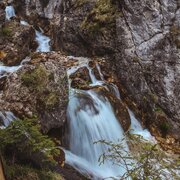Mountain lakes & gorges in Schladming-Dachstein
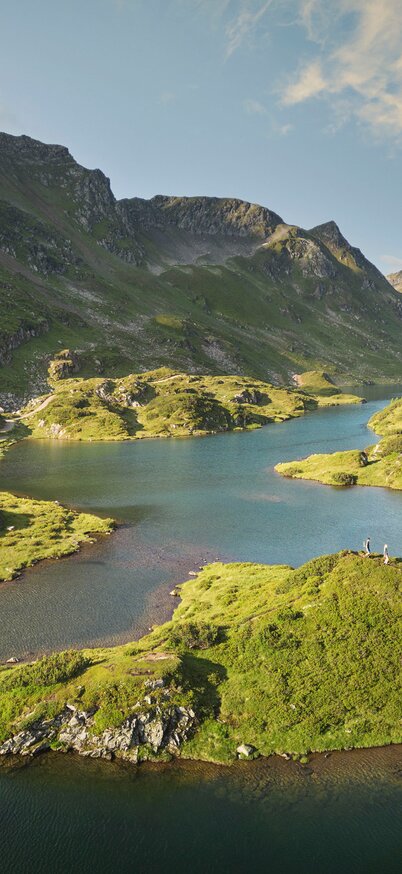
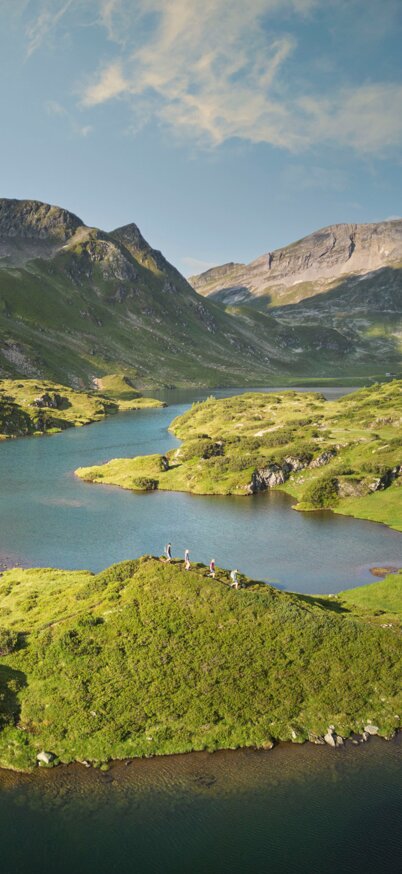
Crystal-clear lakes and wild gorges
The most beautiful lakes and gorges in Schladming-Dachstein.
Schladming-Dachstein is one of the most water-rich regions in the alps and offers you an impressive variety of mountain lakes and gorges. Over 300 crystal-clear mountain lakes reflect the peaks of the Dachstein massif and the Schladminger Tauern. Wild waterfalls and narrow gorges create breathtaking natural experiences. Whether you plan a scenic hike to a mountain lake or want to experience the power of water up close in a gorge – here you’ll find nature experiences that stay with you for a long time.
Water highlights in Schladming-Dachstein:
- Over 300 mountain lakes in the Schladming-Dachstein region
- Dozens of waterfalls and countless mountain streams
- Family-friendly water hikes with easy access and adventure factor
- Photo spots with unique reflections and alpine panoramas
Questions and answers
Mountain lakes & gorges
The Schladming-Dachstein region offers a selection of beautiful mountain lakes – some suitable for swimming, others strictly protected.
If you want to swim:
- Check in advance whether the lake is suitable for swimming or is protected.
- Be mindful of nature: be quiet, respect the shore areas, do not use soap or oil, and be careful when entering the water.
- Help preserve the purity of the lakes – for future generations.
With an area of around 23 hectares, the Schwarzensee in the Kleinsölktal is the largest lake in the region. It is idyllically situated in the Schladminger Tauern and impresses with its natural tranquillity and clear water quality - perfect for hiking and enjoying nature.
Most of the gorges in the region are only accessible during the snow-free period. The Talbachklamm gorge between Schladming and Untertal is an exception - it is open all year round and is even illuminated in the evenings until midnight.
The other gorges are closed in winter due to frost, the risk of falling rocks and avalanches.
The easiest and most accessible is the Styrian Bodensee in the Seewigtal valley. It is just a few minutes away from the parking lot and offers an impressive panorama with a waterfall and mountain backdrop. The idyllic Spechtensee is just as easy to reach and invites you to take a leisurely stroll.
The Riesach water fall in Untertal is the highest waterfall in the region with a drop height of 140 meters over several steps. You can reach the lower drop in just five minutes from the Seeleiten/Riesach waterfall stop - a spectacular natural spectacle that you shouldn't miss.
Lake Putterersee in Aigen im Ennstal is the warmest natural bathing lake in the Schladming-Dachstein region. It owes its excellent water quality to the boggy ground. In summer, it is ideal for swimming, while in winter it transforms into a romantic ice-skating rink when the temperatures are right.
The Talbachklamm gorge is not only worth seeing during the day, but you can also admire the sound of the water in the evening. The gorge is illuminated until midnight. During Advent, the gorge is a special highlight and shines with its wild romantic magic during the Schladming Mountain Christmas.
The Sattelsee lake on Greifenberg is located at 2,450 meters above sea level, making it the highest lake in the region.


